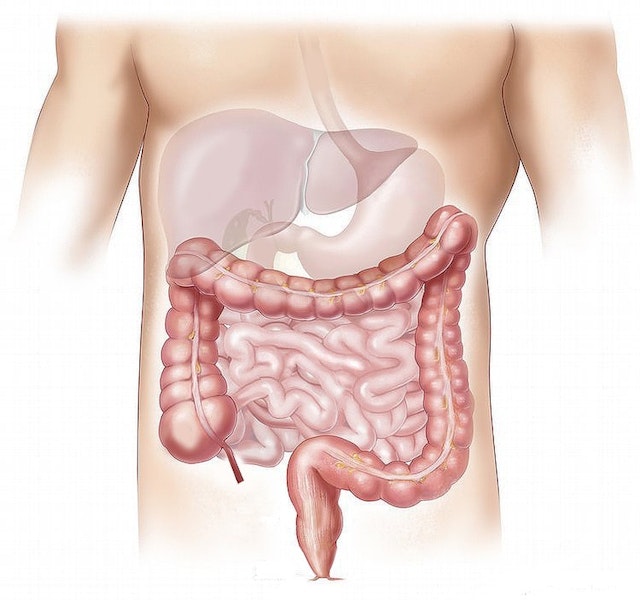
Stomach Ulcers
Stomach ulcers, also known as gastric ulcers, are sores within the stomach lining that can be quite painful. Stomach ulcers are a form of peptic ulcer disease, which affects the stomach as well as the small intestines. When the thick, protective layer of mucus is reduced, the stomach and digestive system can be more vulnerable. The digestive acids in the stomach can eat away at stomach tissues that line the stomach and can cause an ulcer to form.
Stomach ulcers are most commonly caused by a bacterial infection with Helicobacter pylori (H. pylori) or from long-term use of anti-inflammatory drugs such as aspirin, ibuprofen (Advil, Motrin) and naproxen (Aleve).
Stomach Ulcer Symptoms
There are a number of symptoms that can be associated with stomach ulcers and the severity can range based on whether it is a mild or severe ulcer. The most common stomach ulcer symptom is a burning pain or sensation in the abdomen area. The pain can be more intense and especially severe when the stomach is completely empty and can last for a few minutes to several hours.
Other symptoms of stomach ulcers include:
Weight loss
Lack of appetite or desire to eat because of stomach pain
Feeling full or bloated
Belching
Nausea and vomiting
Heartburn
It is also important to remember that almost three-quarters of people with peptic ulcers do not have symptoms.
Stomach Ulcer Diagnosis and Treatment
To diagnose stomach ulcers, the doctor reviews your medical history and symptoms and may require different testing, including:
Laboratory tests for H. pylori: blood, stool and breath tests are available to determine whether the H. pylori bacterium is present in your body; the breath test is the most accurate.
Barium swallow (also called an upper gastrointestinal series): This test involves drinking a white liquid (containing barium) that coats the upper gastrointestinal tract and allows the doctor to see the stomach and small intestine on a series of X-rays.
Endoscopy: A thin hollow tube is inserted through the mouth and down the throat into the stomach and a part of the small intestine. This tests for ulcers, bleeding and abnormal tissue.
Notice: The above information is an educational aid only. Always consult your healthcare provider to ensure the information displayed on this page applies to your personal circumstances.
Prescripton Stomach Ulcers Medications
Your Cart


Your Cart


